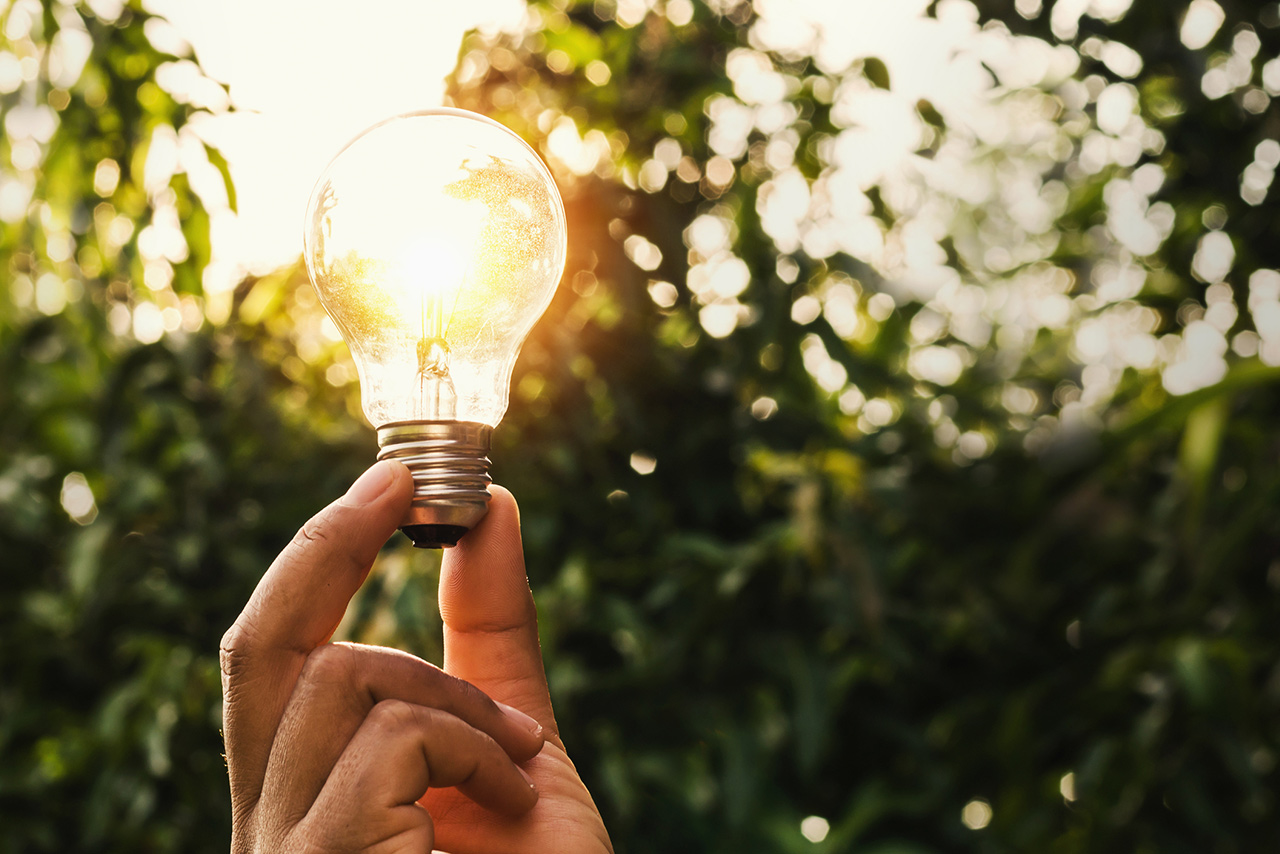How Solar Lights Can Light Up Your Exterior & Save You Money

Exterior lights have a variety of uses for a home. They light up pathways to help residents and guests see at night. They add to the ambiance of a home, casting light on landscaping and illuminating the front of a home. They also provide an element of security, since nighttime burglars tend to seek out homes that will allow them to hide under the cover of darkness.
However, setting up landscape lighting can be complicated. Hiding the cabling involves digging a trench, with the cabling connecting back to a main outdoor power plug. If you have a large coverage area, this process will involve quite a bit of trowel work. The most complicated part comes if you’re one of the many homeowners without a GCFI outlet on the outside of your house. Then you’ll need to pay an electrician to install an outdoor outlet.
Solar lighting can provide an easier alternative to electrical wiring. These lights can be installed by merely inserting them into the ground. There will be no digging or cabling and you can start enjoying nighttime lighting within a day or two. Solar lights are also more environmentally friendly and since they’re completely off the grid, you won’t have to pay your local utility company to power them. Here are a few things to keep in mind if you choose solar lighting for your own home’s exterior.
Preparation
The first thing you’ll do after pulling your solar lights out of the box and inserting batteries is to charge them fully. Unlike traditional battery-powered products, this doesn’t involve plugging them into an electrical outlet. You’ll simply place them in direct sunlight for 12 to 14 hours. For maximum effectiveness, leave the lights in full sunlight for two 12 to 14 hour periods.
As you wait for your lights to charge, map out the areas where you’ll place the light. Make sure each light will receive direct sunlight without obstruction. If an area of the yard is shielded by trees or an overhang during the majority of the day, you’ll likely find it produces very little light at night.
Enjoying the Lights
For best results, you should water the soil in each spot a few hours before you plan to install them. Installation requires merely pushing the stake into the ground and waiting for nightfall. Don’t expect 12 full hours of bright light, however. Solar lights usually produce a less intense light for a shorter amount of time than electrically-powered lights. Eight hours of direct sunlight will often produce six to eight hours of nighttime light.
Maintenance for solar-powered lights is almost as easy as installation. Simply wipe the solar panels occasionally with a wet cloth to remove the dirt that builds up over time. A small amount of dish soap can be used for more stubborn dirt buildup. This will allow the sunlight to get through the lens, making it more efficient.
Solar lights are a great alternative to electricity-powered landscape lighting. They’re easier to install, environmentally friendly, and they’ll save money on utility bills. With the right placement, solar power can provide hours of electricity-free light each evening.



